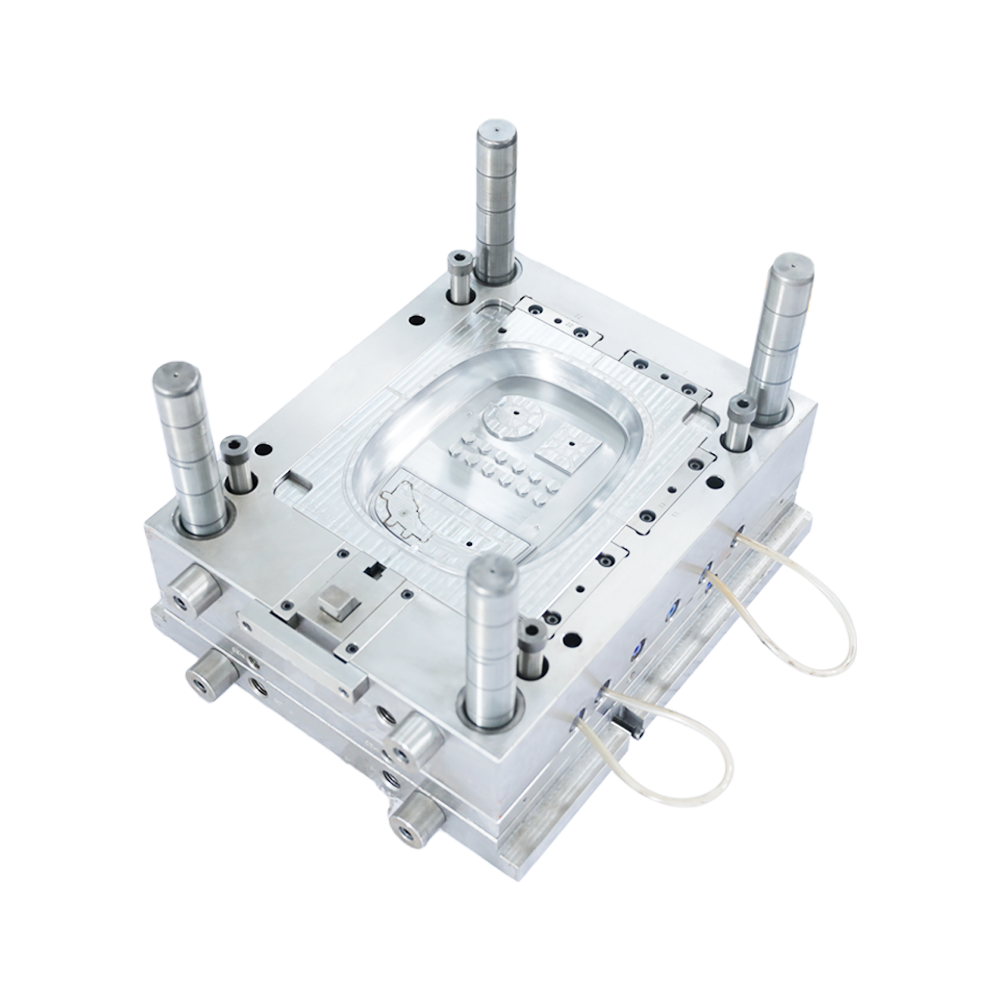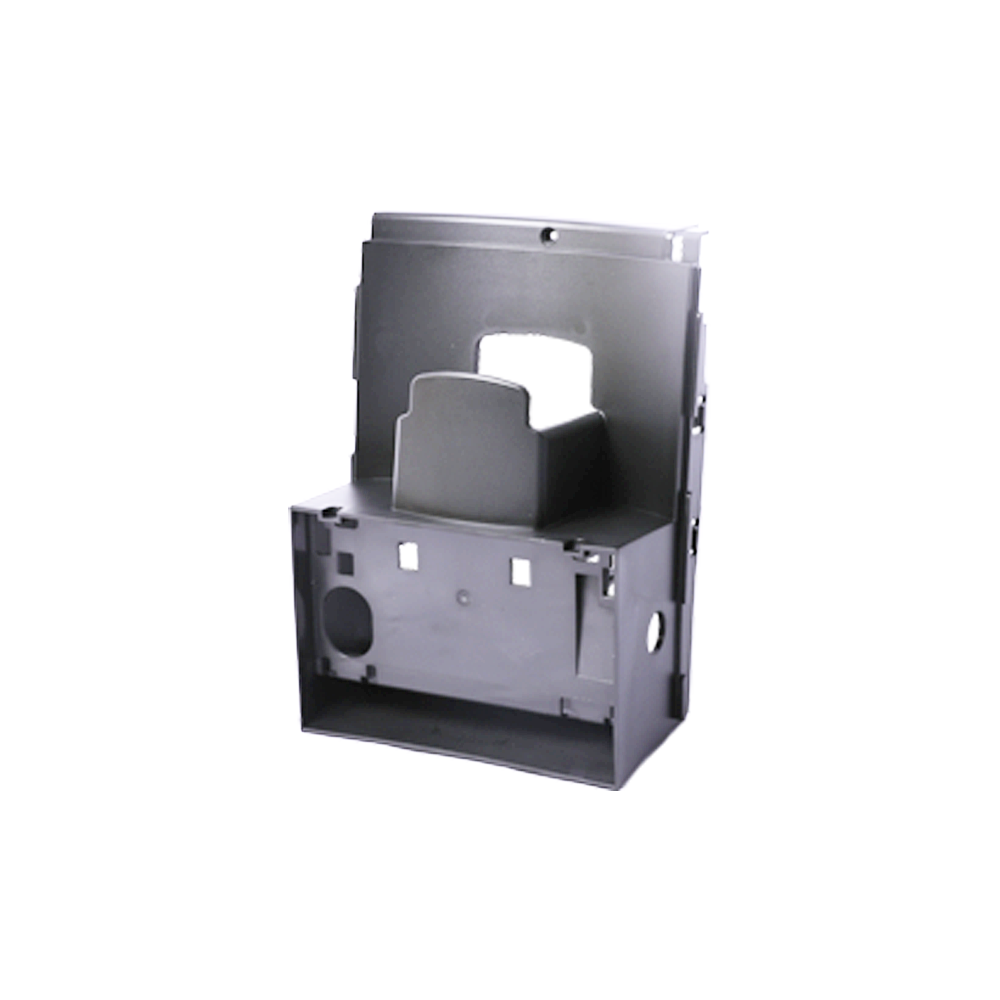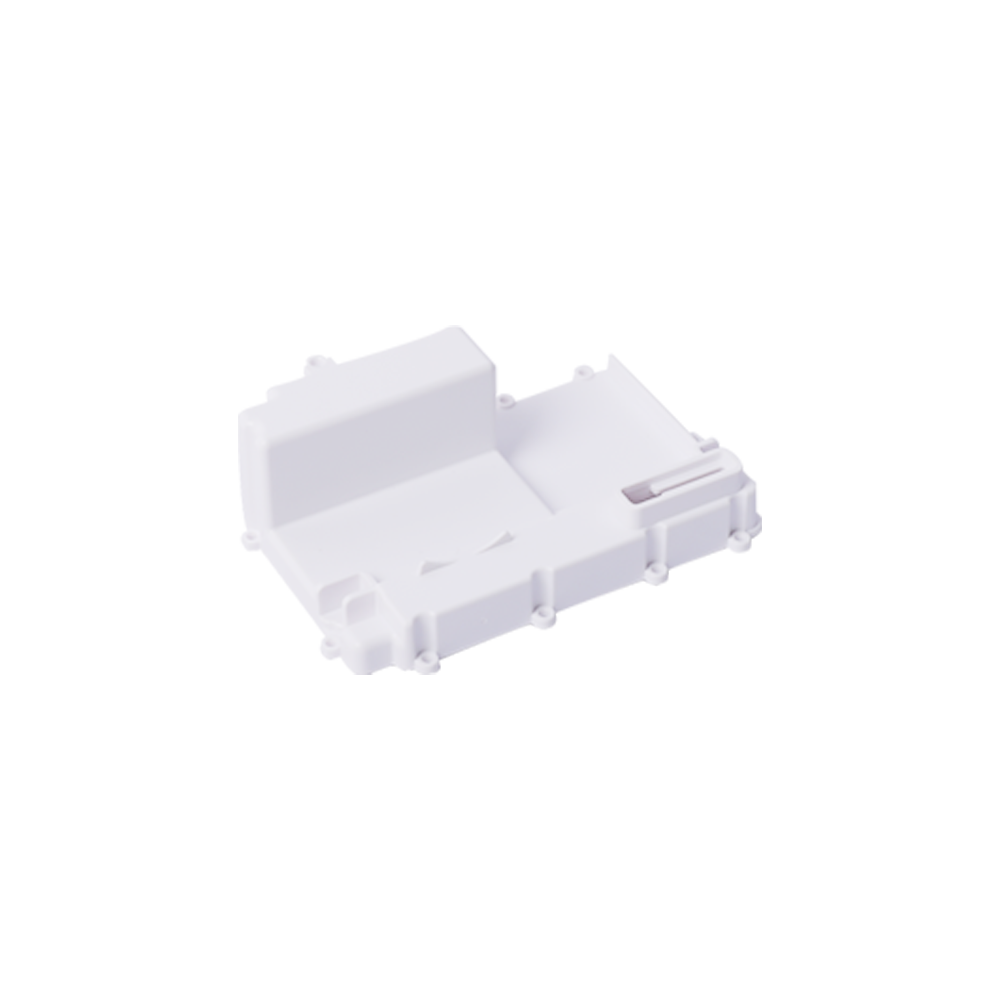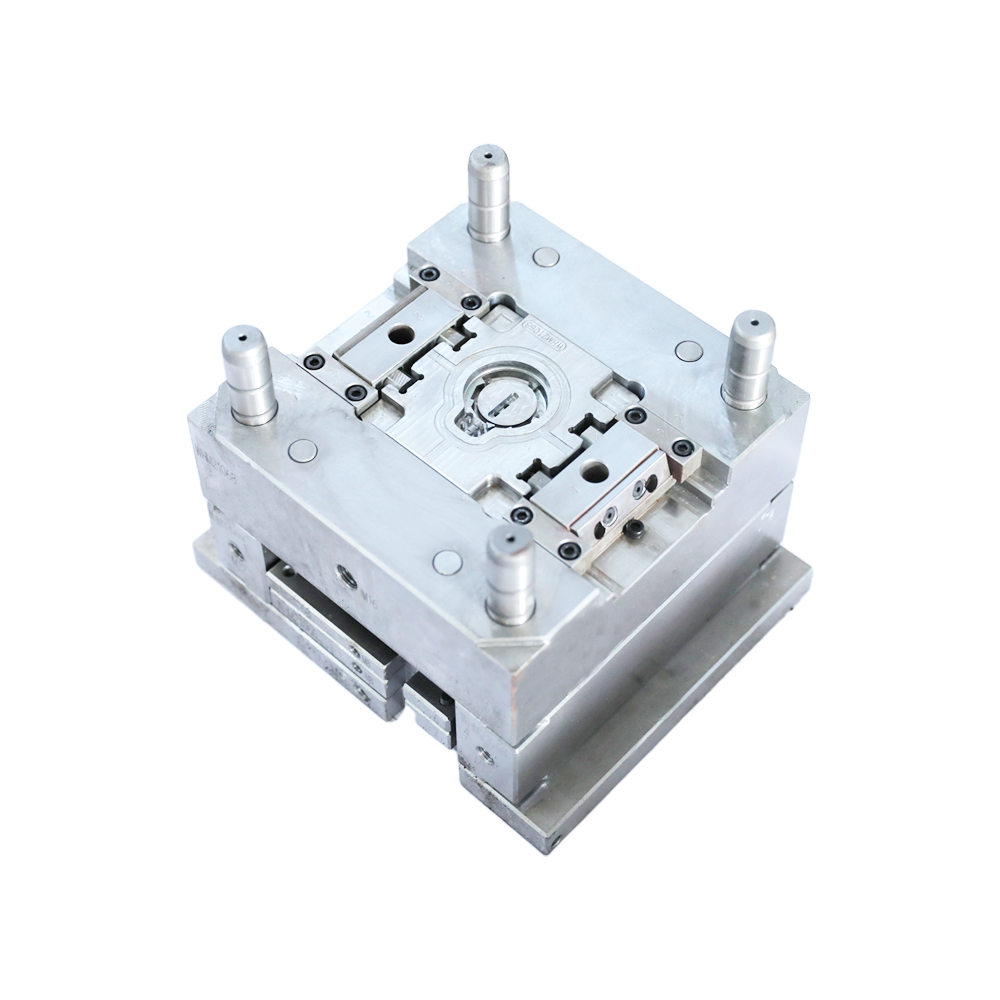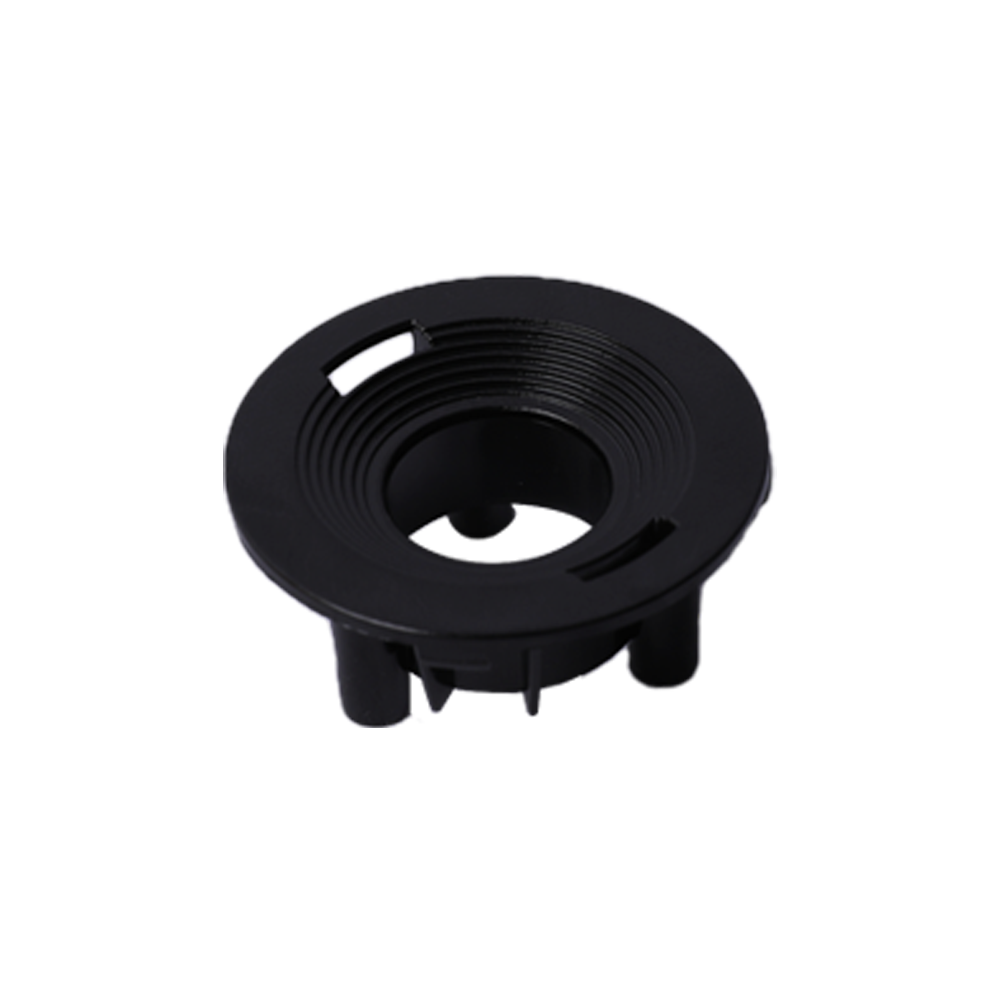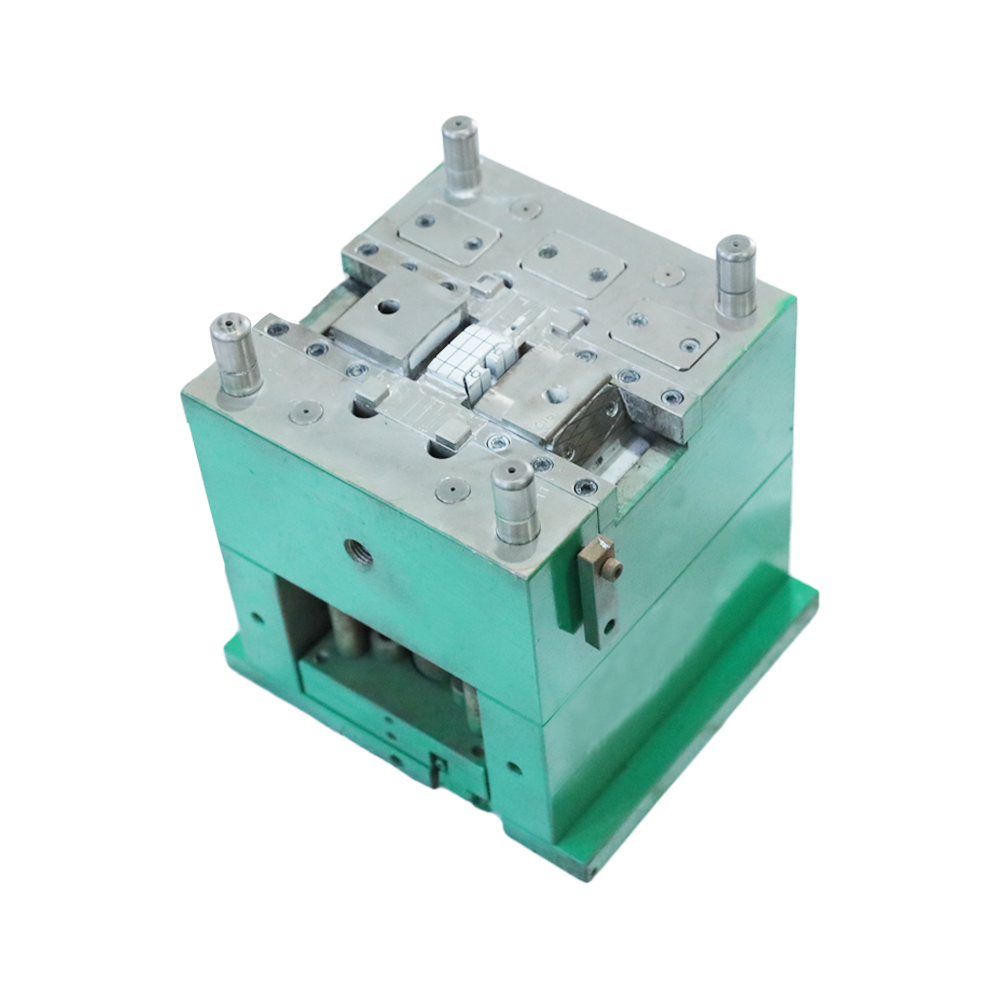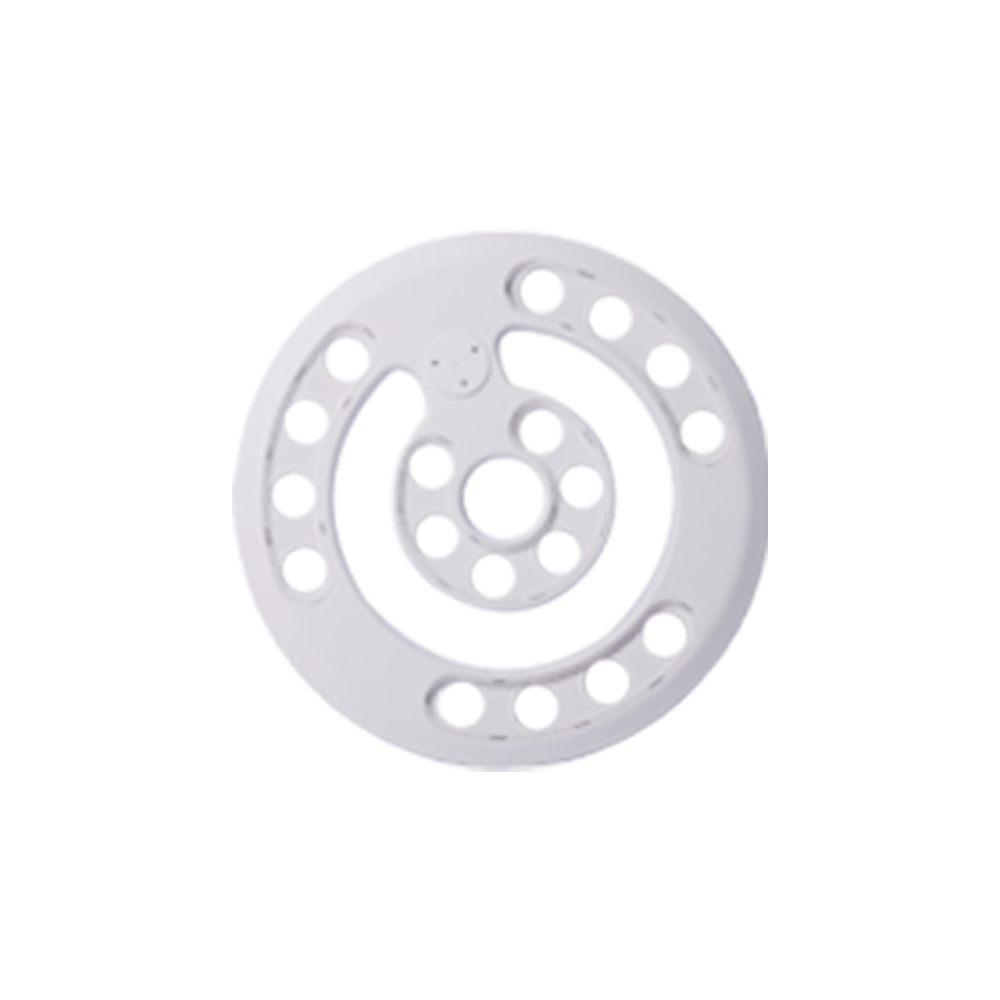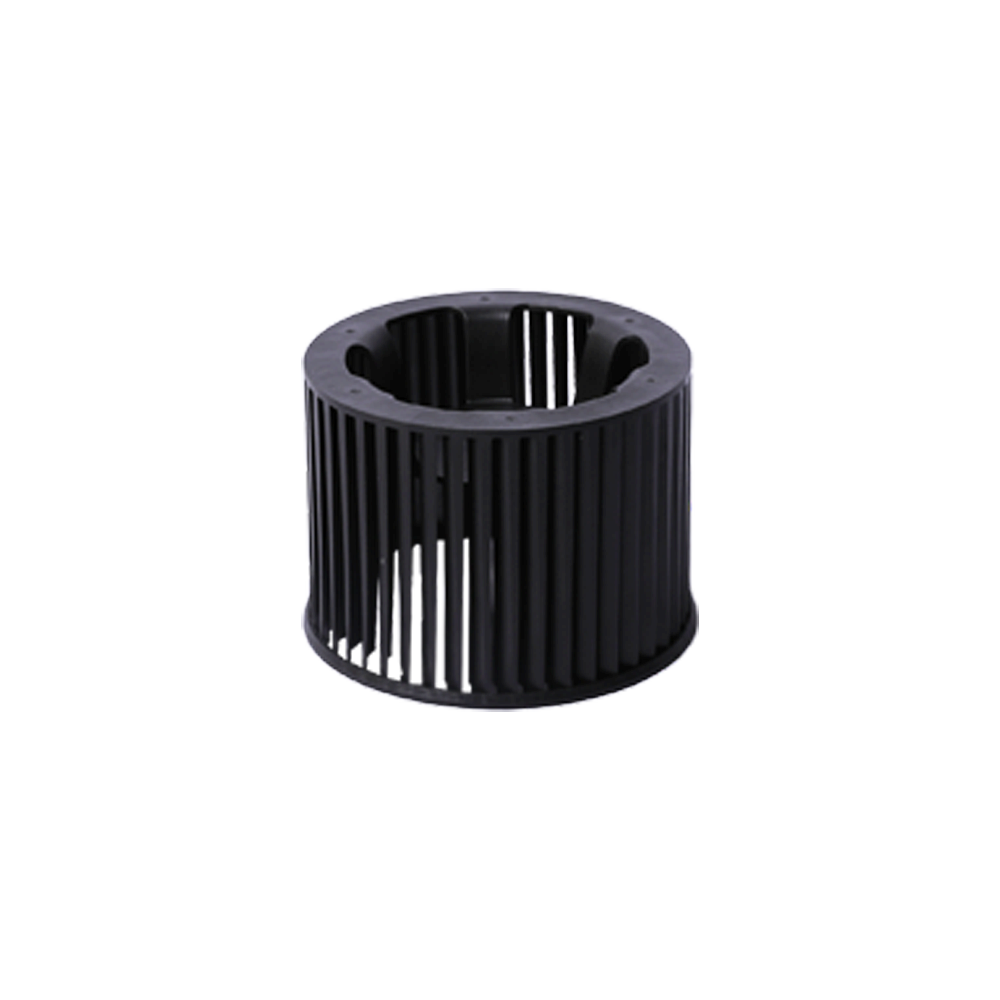①The material in the feeding system entrains gas or the air originally exists in the cavity, and the gas in the runner and cavity is not discharged in time during the forming process.
②Insufficient drying in the resin contains water, which evaporates and becomes water vapor at the injection temperature.
③ The injection temperature is high, and the plastic decomposes to generate gas.
④ Some additives in the resin, volatilize or chemically react to generate gas (for example, when thermosetting plastics are formed, not only the plastic itself contains moisture and volatile components, but also a polycondensation reaction occurs during the curing process, resulting in condensation water and low-molecular-weight volatile gases).
⑤ Residual gas in resin.
Injection parts automotive
Injection molding is a process that allows plastics to be molded with metal or ceramic inserts. These metal or ceramic inserts are placed in a mold and then melted plastic is injected to create a seamless piece. This type of molding is ideal for automotive applications because it reduces weight and utilizes metal to reduce operational costs. It is important to select the right mold for your needsm The type of steel you use will also determine the cost of the mold.
| Whether to customize: | Yes |
| Mold accuracy: | ±10μm |
| Mold life: | 300,000~500,000 mold times |

Consequences of poor mold exhaust
① The gas undergoes large compression to generate a back pressure, and this back pressure increases the resistance of the molten material to the filling flow, preventing the molten plastic from filling the mold normally and quickly, so that the mold cavity cannot be filled, resulting in unclear plastic edges.
② There are obvious flow marks and weld seams on the product, and the mechanical properties of the product are reduced.
③ After the gas is compressed, it will penetrate into the inner layer of the plastic, causing the plastic to produce surface quality defects such as silver streaks, pores, loose tissue, and delamination.
④ After the gas in the cavity is compressed, heat is generated and the local temperature of the plastic rises, the plastic melt is decomposed and discolored, and even charred and carbonized.
⑤ Poor exhaust, reducing the filling speed, increasing the cycle of forming parts (especially high-speed injection molding), seriously affecting productivity



 ��������
��������
